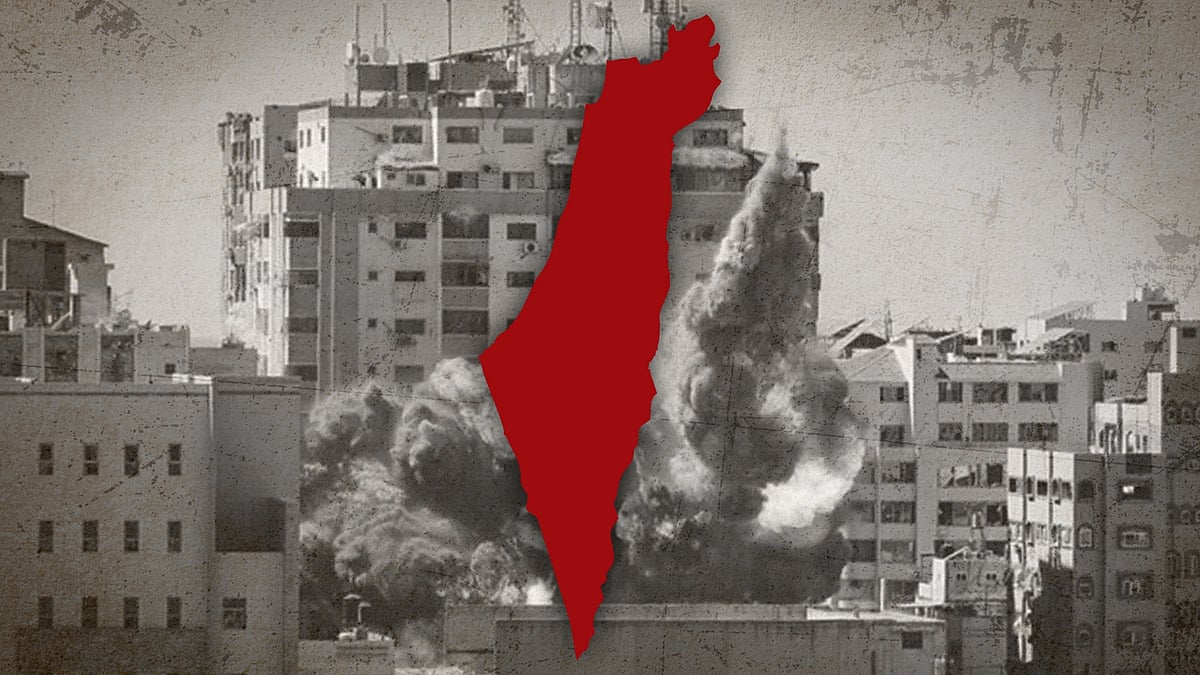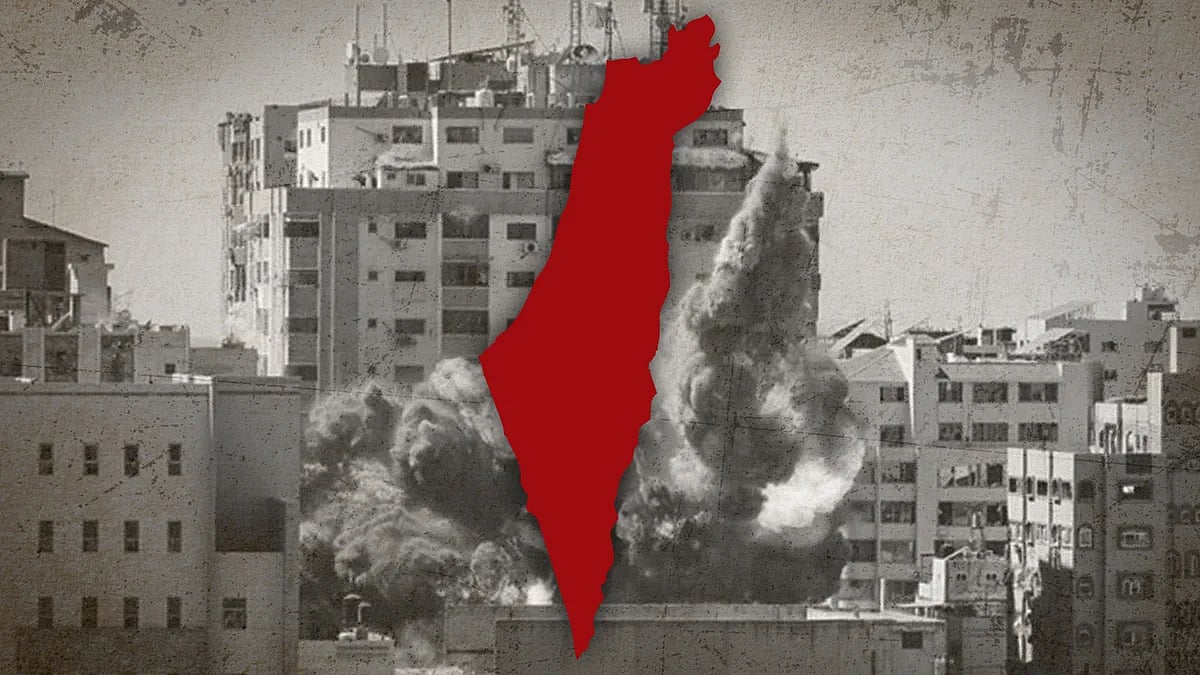Israel tank fire targeted clearly identified journalists, killing 1: Reuters probe
The group of seven reporters could be clearly identified as journalists at the time of the attack in Lebanon, said the report.
Reuters has accused Israeli forces of killing its journalist Issam Abdallah and injuring six other reporters even when they could be clearly identified as journalists in Lebanon on October 13, in a detailed investigative report published today.
The report, titled ‘Israeli tank fire killed Reuters journalist Issam Abdallah in Lebanon,’ laid out the sequence of events leading to Issam’s death, and an expert examination of the evidence from the ground.
At the time of the attack, a group of seven reporters from AFP, Al Jazeera and Reuters were live broadcasting from the spot – “all wearing blue flak jackets and helmets, most with ‘PRESS’ written on them in white letters,” said the investigative report. “There were journalists from at least another seven media outlets in and around Alma al-Chaab that day.”
One of Issam’s colleagues cited in the report said that the location felt “relatively safe” as they could be “clearly identified as journalists” and were in “plain sight of the Israeli military – on the ground and in the air”.
Reportedly, it was less than 90 seconds after the AFP and Al Jazeera teams moved their cameras to show the Israeli outpost at Hanita that the first shot was fired at them from a different outpost. It killed Issam and knocked out the Reuters live feed.
The report said that 37 seconds later, the second shell set Al Jazeera’s ablaze, and “knocked out the AFP feed and toppled Al Jazeera’s camera – leaving it filming clouds high in the sky above and capturing the curses and screams of the wounded journalists.”
The evidence pointing towards Israel’s role in the attack included the shrapnel and tail fin recovered from near the slain journalist’s body, satellite images, audio recordings from Al Jazeera’s live feed, photographs and video footage of the incident, and particularly, Italian broadcaster Rai’s footage of the Israel Defence Forces launching the second strike.
Moreover, the AFP and Al Jazeera cameras reportedly continued broadcasting.
‘Pattern of attack on journalists’
The Reuters report cited AFP global news director Phil Chetwynd as saying that Israel needed to provide a “clear explanation”. “The targeting of a group of journalists who were clearly identified as media is both inexplicable and unacceptable.”
Al Jazeera’s manager of international communications, Ihtisham Hibatullah told Reuters that the investigation into the October 13 attack spotlighted Israel’s “pattern of deliberately targeting journalists”.
The October 13 attack was allegedly only the first of the IDF’s two strikes on reporters in Lebanon within a span of six weeks. Several local and international media outlets have been stationed in the country to cover the clashes between the Israeli forces and Iranian-backed Hezbollah militants since October 7.
In the second strike, two journalists from Lebanese broadcaster Al Mayadeen were reportedly killed on November 21 “as they filmed near the border with Israel”. Al Mayadeen pinned the blame of their death on the IDF.
Hours after the Reuters investigation was published, Amnesty and Human Rights Watch said the October 13 attack should be probed as a “war crime”. The HRW said the Israeli strikes were an “apparently deliberate attack”. Meanwhile, US secretary of state Antony Blinken urged Israel to “thoroughly” investigate the strikes that killed Issam and wounded others, and release the findings.
At least 63 journalists have been killed in the Israel-Hamas fighting since October 7, as per the Committee to Protect Journalists. Of these, 56 are Palestinian, four are Israeli, and three are from Lebanon.
Newslaundry earlier reported that the death toll shot up after Israel resumed its bombing of Gaza last week after a seven-day “humanitarian pause”. At least five journalists have been killed since December 1. Read here.
Many of the journalists killed in the conflict were at work, trying to make audiences across the world aware of the horrors of war. From a mother of three to a reporter known for their “empathy”, these journalists also lived a life off the camera. Read all about it here.
 5 journalists killed in Gaza since Israel resumed bombing on December 1, toll at 63
5 journalists killed in Gaza since Israel resumed bombing on December 1, toll at 63 In letter to Al Jazeera, 8 BBC journos accuse BBC of ‘double standard’ in Israel-Palestine reportage
In letter to Al Jazeera, 8 BBC journos accuse BBC of ‘double standard’ in Israel-Palestine reportage